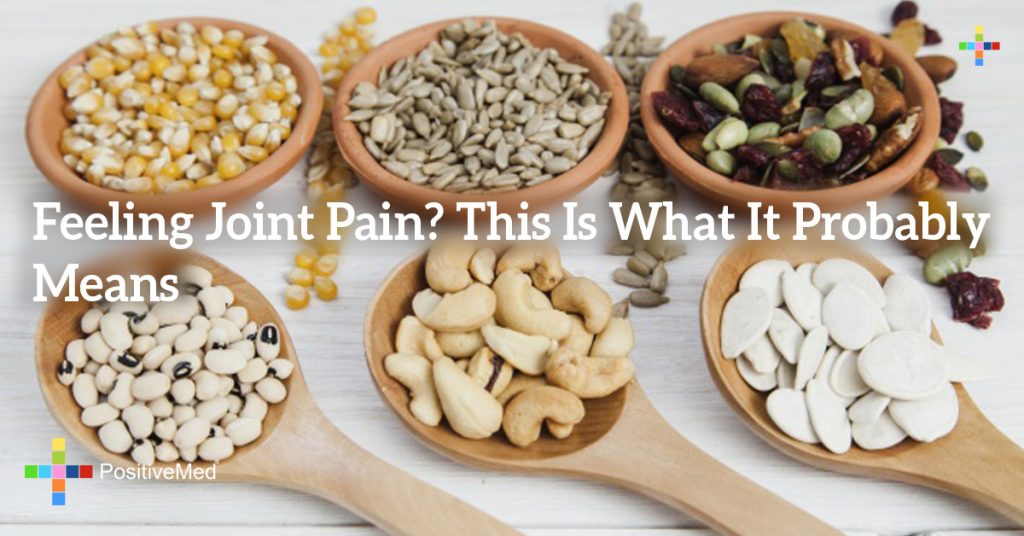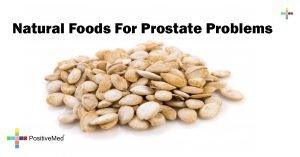
Feeling Joint Pain? This Is What It Probably Means
Living in Pain. Twenty percent of us in the U.S. have chronic joint pain related to arthritis according to the CDC. There are other causes, of course, but just with this one etiology, there are at least 70 million of us with joint pain on a chronic basis. People can and do cope with joint pain.

Causes of Joint Pain. Unfortunately causes for pain in the joints vary by site, injury, disease, metabolism, damage to associated muscle and tendon structures, etc. Pain may be associated with stiffness and numbness. It may present with aching radiating from a specific joint. Symptoms may not even be focused on specific joints. Autoimmune disease (e.g, lupus, rheumatoid arthritis, fibromyalgia, cancer, etc.), systemic disease (e.g., Lyme disease), failure of lubrication in the joint (bursitis, gout, etc.), erosion of joint structures (e.g., osteoarthritis), material failure of those structures (e.g., fracture or dislocation of bones intersecting at the joint, tendonitis, sprain, strain, etc.), localized disease (bacterial or viral infection in the joint or related structures), and systemic disease (e.g., mononucleosis, leukemia, etc.) may all present with joint pain.
Beyond Self-Care and Home-Care. There are strategies for dealing with joint pain, but there are some caveats. Over-the-counter remedies are readily available for short-term joint pain. Soaking in warm or cold water, stretching, massage, etc. are common tactics for dealing with this pain. It is time to see one’s health care provider for joint pain when there is persistent fever, significant weight loss, continuing prolonged pain, unusual unexplained joint swelling, etc. lasting four days or more.
RELATED ARTICLE: Get Rid Of Joint Pain After First Application Of THIS Miracle Remedy
Preemptive Strategies to Address Joint Pain. Various foods have anti-inflammatory properties, an important factor in dealing with pain. Pain often is associated with inflammation of tissues.
Diet. The so-called “Mediterranean Diet” contains a number of foods which may manage inflammation. It is heavy on fruits, nuts, vegetables, olive oil, and fish. Not only does it potentially reduce joint pain, but it may enhance function of other body systems.
Fish. A quarter pound of anchovies, salmon, sardines, or tuna a couple times a week is optimum for supplying the omega-3 fatty acids in this diet.
Fruit and Veggies. A couple cups of fruits and another couple cups of vegetables build up the immune system with antioxidants. Berry anthocyanins and ellagic acid are among the antioxidants provided. The richer the color, the more beneficial is the food. Blackberries, broccoli, blueberries, strawberries, kale, cherries, spinach, etc. add dietary variety. Blood C-reactive protein, an inflammation indicator, is lowered by peppers, carrots, and a number of colorful fruits. Carrots, squash, and sweet potatoes with their vitamin A, beta-carotene, and beta-cryptoxanthin will add to the body’s arsenal of antioxidants. Dark leafy greens can add sulforaphane to the mix to inhibit joint inflammation and degradation.
Nuts. Monounsaturated fats reduce inflammation. A handful of almonds, pine nuts, pistachios, or walnuts daily will provide that and give one’s diet added protein and fiber.
Beans. They are economical. Beans provide protein, folic acid, magnesium, iron, zinc, potassium, and fiber. They are “loaded” with antioxidant and anti-inflammatories.
RELATED ARTICLE: Lemon Peel Trick That Eliminates Inflammation And Joint Pain
Extra Virgin Olive Oil. Several tablespoons of olive oil a day in cooking or dressing will provide you with monounsaturated fat, oleocanthal, and more antioxidants. The “virgin” variety of olive oil adds additional nutrients to one’s diet.
Onions. Incorporating onions into salads, sandwiches, stir-fries, etc. will reduce inflammation in those joints. Onions will also reduce LDL (bad cholesterol) and reduce the risk of heart disease.
Bottom Line. Nutritional choices can minimize the impact of joint pain in daily life. Appropriate decisions on kinds of food can enhance the lives of those suffering chronic joint pain.





